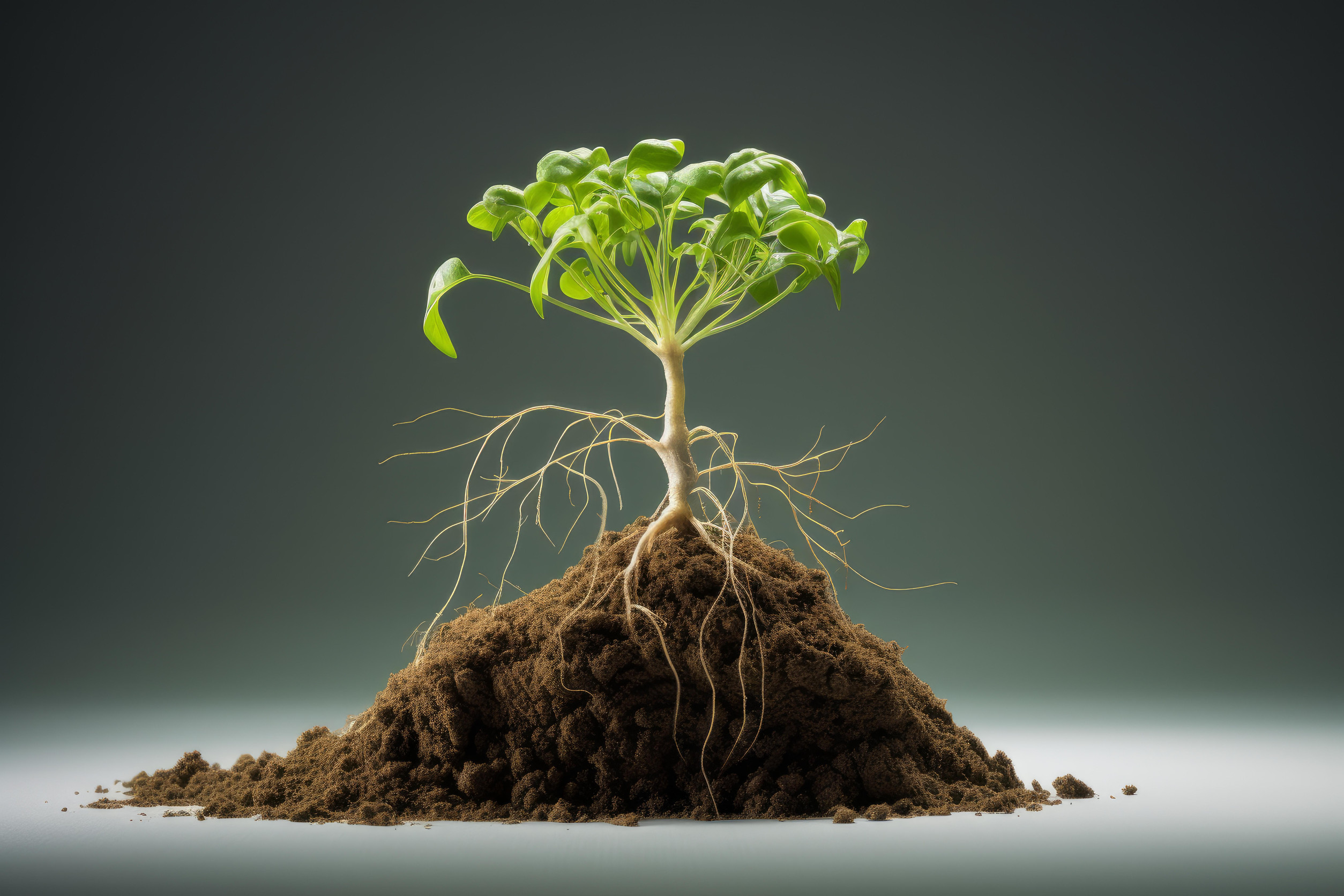
Image Source: 123rf.com
By the time summer winds down, your soil is basically begging for a spa day. Long days of scorching sun, sudden downpours, and constant demands from your veggies and flowers leave it worn out, compacted, and gasping for nutrients. Think of soil like an athlete after a marathon—depleted, exhausted, and in need of some serious recovery time.
That’s where cover crops swoop in like the unsung heroes of the farm and garden world. These green warriors do more than just “cover” your soil—they recharge, restore, and prepare the ground for next season’s growth.
The Hidden Power of Green Armor
Cover crops are basically living blankets for your soil. Instead of leaving the ground bare and vulnerable to erosion, they protect it with leafy, photosynthesizing shields. This green armor prevents wind and rain from carrying away your soil’s valuable top layer, which is where the good stuff—nutrients and organic matter—lives. By blanketing the soil, cover crops keep it cooler, moister, and less stressed after a demanding summer season. It’s like slipping your soil into a cozy, protective robe after a rough workout.
Nutrient Ninjas at Work
Many cover crops aren’t just placeholders; they’re busy little nutrient factories. Legumes like clover and peas, for example, pull nitrogen straight out of the air and lock it into the soil where your plants can use it later. Others, like radishes and rye, dive deep into the soil to mine nutrients that would otherwise be lost. When these cover crops eventually break down, all that nutrient wealth gets recycled right back into the ground. It’s nature’s way of giving your soil a multivitamin boost without the chemical price tag.
Root Systems That Rebuild Structure
Summer stress often leaves soil compacted, meaning water can’t penetrate well, and roots struggle to grow. Cover crops fight back with their root systems, which act like tiny drills tunneling through tough, compacted layers. Deep-rooted crops like daikon radishes can punch holes into the earth, opening pathways for air, water, and future roots. Over time, these channels create a looser, healthier soil structure that breathes again. It’s the underground equivalent of soil getting a deep tissue massage.

Image Source: 123rf.com
Moisture Managers in Disguise
One of the biggest challenges after summer is soil moisture—too much in some spots, too little in others. Cover crops help regulate this by slowing evaporation and improving the soil’s ability to hold water. Their roots absorb excess moisture while their leafy tops provide shade, balancing the soil’s hydration levels. When rain does come, cover crops reduce runoff, making sure more water sinks in rather than washing away. It’s a natural irrigation system that keeps your soil from feeling parched or waterlogged.
Pest and Weed Fighters
Weeds love bare soil almost as much as pests do. When summer ends and soil is exposed, both see it as an open invitation to party. Cover crops shut down that party by crowding out weeds and making life uncomfortable for pests. Their dense growth prevents sunlight from reaching weed seeds, effectively smothering the competition. As a bonus, some cover crops even release natural compounds that discourage pests and diseases, adding a layer of invisible protection.
Boosting Soil Life and Biodiversity
Soil isn’t just dirt—it’s alive with billions of microbes, fungi, and tiny critters. After summer stress, those soil organisms need a food source to bounce back, and cover crops deliver. As roots grow and plants break down, they feed the soil microbiome, creating a thriving underground community. More microbial activity means more nutrient cycling, healthier soil, and stronger crops next season. It’s like throwing a dinner party for all the beneficial life forms your soil relies on.
Prepping Fields for a Strong Start
Farmers and gardeners who use cover crops know they’re setting the stage for the next planting season. Instead of starting with depleted, compacted ground, they get soil that’s richer, softer, and bursting with life. Cover crops reduce the need for heavy chemical fertilizers and minimize labor spent on weeding and watering. They create a soil environment that supports faster germination and healthier plant growth when spring rolls around. Think of it as soil spring training—strengthening and conditioning for the big season ahead.
Give Your Soil the Care It Deserves
Summer is tough on soil, but cover crops are the ultimate recovery tool. They protect, nourish, and prepare your land for the next cycle of growth, all while keeping weeds, pests, and erosion at bay. Whether you’re farming acres or tending a backyard garden, planting cover crops is like giving your soil a well-earned vacation.
Have you tried cover cropping in your own garden or fields? Share your experiences, stories, or favorite tips in the comments below.
You May Also Like…
The Eggshell Hack That Actually Improves Your Soil
Why Your Garden Needs a Journal (Even If You Hate Writing)
What Is The Best Soil For Container Gardening?
Why Your Garden Soil Might Be Too Rich
7 Fall Flowers That Outshine Summer Blooms
Leave a Reply